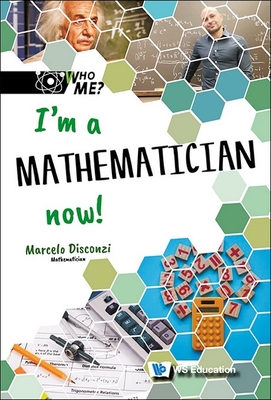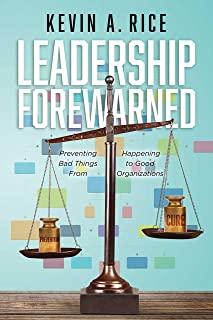
description
n during a dreamy, disorienting period of insomnia. In the middle of the night, I began studying Catullus, imagining that his hendecasyllabic rhythms might shush me to sleep. Instead, they prompted a series of eleven-line poems with eleven syllables per line. I was drawn to the number, via Catullus, because it felt both excessive and insufficient, just like the space of an insomniac's day. Eleven opened up onto an expanse in which I could think about dwelling, in a day, at the foot of a wind-swept mountain, in a family of humans, animals and plants, all of whom needed my care. Like Catullus's neoteric poems, these poems attempt to bring the private, domestic space to bear upon the larger, public sphere in hopes that each might inform the other. The assumption of these poems is an ancient one-our most basic daily acts of care, and our most intimate relationships, define our relationship to the larger world. My hope is that these poems might offer one humble account of care in our deeply damaged world.
"In Steensen's verse the elusive "seam between dawn and dreams" is luminous, tenderly sewn into gardens of quiet, tucked between tumultuous days and nights. When we find ourselves sleepless, when there is "no feed," when we are "out to sea" her poems are rowboats, groves, refuge. In Everything Awake the known gives birth to the unknown and brings us closer not only to lucid dreams, but to the necessity of lucid wakefulness. This beautiful book provides solace for the unmoored, not by providing fixity, but by reminding us that the lens of the sacred is made of consciousness, excludes nothing, and is always curious." -Laynie Browne
"In Steensen's verse the elusive "seam between dawn and dreams" is luminous, tenderly sewn into gardens of quiet, tucked between tumultuous days and nights. When we find ourselves sleepless, when there is "no feed," when we are "out to sea" her poems are rowboats, groves, refuge. In Everything Awake the known gives birth to the unknown and brings us closer not only to lucid dreams, but to the necessity of lucid wakefulness. This beautiful book provides solace for the unmoored, not by providing fixity, but by reminding us that the lens of the sacred is made of consciousness, excludes nothing, and is always curious." -Laynie Browne
member goods
No member items were found under this heading.
listens & views

2005 HARMONY SWEEPSTAKES ACAPPELLA FESTIVAL ...
by 2005 HARMONY SWEEPSTAKES ACAPPELLA FESTIVAL / VAR
COMPACT DISC$15.75
Return Policy
All sales are final
Shipping
No special shipping considerations available.
Shipping fees determined at checkout.






